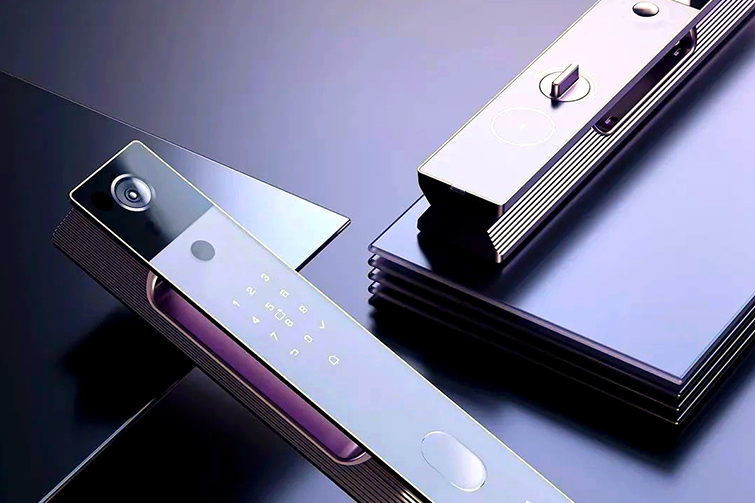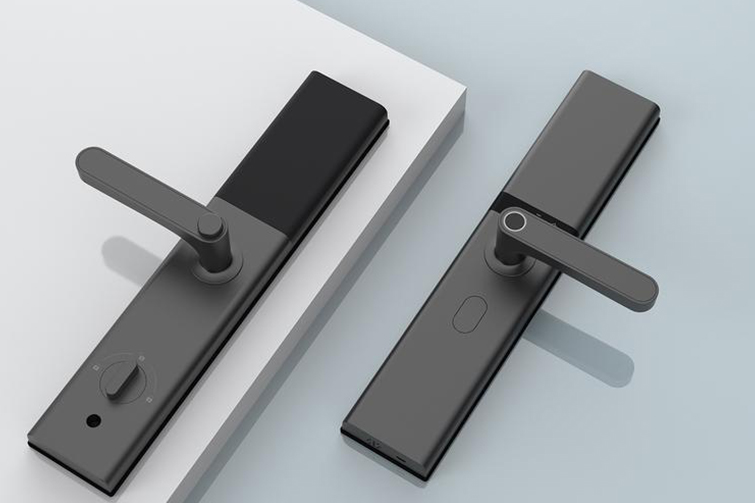

Your Key is You: A Practical Guide to Choosing a Smart Fingerprint Lock
Tired of fumbling for keys with arms full of groceries? Worried about lost or copied keys? The smart fingerprint lock offers a compelling solution, merging unparalleled convenience with enhanced security. But with a myriad of options on the market, how do you choose the right one? This guide will walk you through the essential factors to consider.
1. Security: The Non-Negotiable Foundation
The primary job of any lock is to keep you safe. Look beyond the sleek design and focus on these core security features.
- Fingerprint Sensor Type: This is the heart of the lock.Optical Sensors: Use light to capture an image of your fingerprint. They are durable but generally less secure, as they can be fooled by a high-quality photo or replica.Capacitive Sensors: More common and secure. They measure the electrical conductivity of your fingerprint's ridges and valleys. Since they require a live finger, they are much harder to trick.Semi-Conductor (Advanced Capacitive): The gold standard. These offer higher resolution and are even more resilient against spoofing attempts.
- Bypass Resistance: A high-tech fingerprint reader is useless if the lock can be easily pried open or drilled. Ensure the lock has a hardened steel bolt and an anti-pry latch. Look for a relay attack protection, which prevents hackers from amplifying the lock's signal to open it from a distance.
- Security Certifications: Look for independent certifications from recognized bodies. A Grade 1 or Grade 2 rating (ANSI/BHMA in the US) is a strong indicator of a lock's physical durability and security. Other regional certifications (like CE in Europe) are also positive signs.
2. Convenience & User Management
A smart lock should make your life easier, not more complicated.
- Fingerprint Capacity: How many fingerprints can it store? If you have a family, frequent guests, or housemates, ensure the capacity (e.g., 50-100 fingerprints) meets your needs.
- Alternative Access Methods: What if the battery dies or your finger is wet/dirty? Reliable backup methods are crucial.Physical Key: A controversial but often necessary failsafe. Ensure it uses a high-security key that is difficult to copy.PIN Code: A reliable digital backup. Look for a scrambled keypad (where the numbers shuffle) to prevent shoulder-surfing.Mobile App: Allows for remote management and monitoring.RFID/Card: Convenient for some users, but ensure the cards are encrypted.
- User Profiles & Access Control: Can you create temporary access codes for guests or service people? Can you schedule access for certain times of the day? This granular control is a hallmark of a truly "smart" lock.
3. Power & Connectivity
- Battery Life & Alerts: Most smart locks run on standard AA or lithium batteries. Check the estimated battery life (typically 6-12 months). Crucially, the lock should give you low-battery warnings weeks in advance, both on the device itself and via its app. A physical power-bank port for an emergency external battery boost is a must-have feature.
- Smart Home Integration: Do you live in an Apple, Google, or Amazon ecosystem? Check if the lock is compatible with platforms like Apple HomeKit, Google Assistant, or Amazon Alexa. This allows for voice control and integration into your smart home routines. Z-Wave and Zigbee protocols are common for professional security systems.
4. Design, Installation & Durability
- Design & Finish: The lock should complement your door's aesthetic. Common finishes include Satin Nickel, Matte Black, and Bronze. Ensure the design is ergonomic and intuitive to use.
- Installation: This is a critical step. Some locks are designed for DIY installation and are compatible with standard door preps. Others, especially high-security models, require professional installation. Check the specifications for your door type (handing, thickness, etc.) before purchasing.
- Weatherproofing: For exterior doors, the lock must withstand the elements. Look for a high IP (Ingress Protection) rating, such as IP54 or higher, which indicates resistance to dust and water splashes.
A Simple Checklist for Your Purchase:
- Sensor: Prefer a Capacitive or Semi-Conductor sensor.
- Build: Look for a hardened steel bolt and anti-drill plates.
- Backup: Has at least two reliable backup methods (Key & PIN).
- Battery: Provides clear low-battery alerts and has an emergency power port.
- Certification: Carries a recognized security grade (e.g., ANSI Grade 1/2).
- Capacity: Stores enough fingerprints for your household.
- Compatibility: Fits your door and, if desired, your smart home system.
Conclusion
A smart fingerprint lock is a significant upgrade in both security and convenience. By prioritizing a high-security sensor, robust physical construction, and reliable backup options, you can move beyond the key with confidence. Remember, the best lock is one that seamlessly integrates into your life, providing peace of mind without complicating your daily routine. Do your research, and step into a keyless future.





